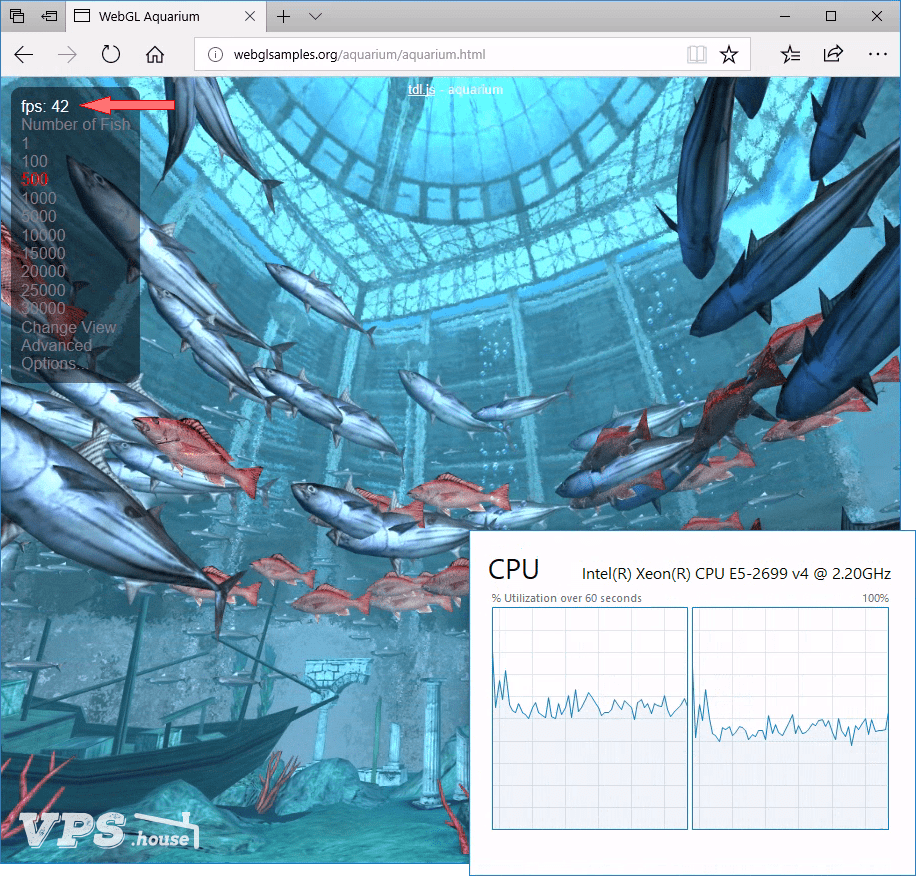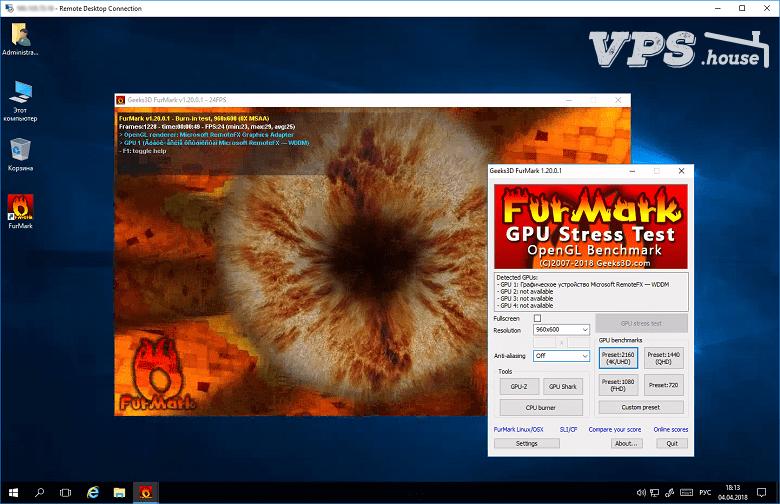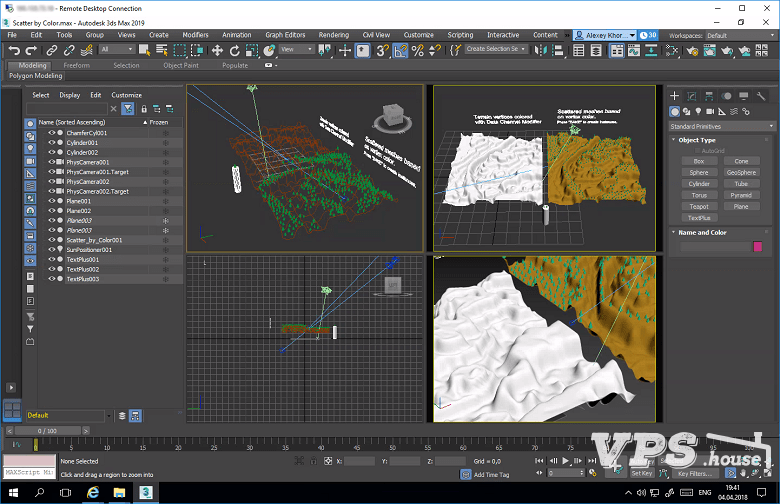Windows virtual server with video card on board

A virtual server has long ceased to be something IT-shny and more and more people are interested in this service with completely different and everyday work tasks: from hosting accounting programs to programs for automating routine SEO tasks, from game servers to games (the most modern ones! ), from the general file server of a small organization to full-fledged remote desktops of large companies.
It is not necessary to play games at all in order for you to need a video card, now the developers of popular software actively use video card resources: any modern browser will render pages of sites much faster if it can use a graphics accelerator, not to mention the fact that 3D games can be in browsers that run on the webgl platform.
The ability to virtualize video card resources is not new and is present in all popular environments: Hyper-V, KVM, XEN, VirtualBox and its own environment from the most popular chipset manufacturer - NVIDIA GRID.
')
In this article we will talk about RemoteFX - the capabilities of video cards on virtual servers running Hyper-V, it is on this platform that they work on VPS.house with NVIDIA Quadro P6000 professional-grade video cards.
As a simple demonstration, we will test, taking a VPS configuration with 2 processor cores and 2 GB of RAM with and without a 256MB virtual graphics card . In both cases, we will open the WebGL example on the same page in Internet Explorer.
Result on the virtual server where the video card is installed:

If the video card from the same server is removed:

So, with a video card, we get 42 frames per second, without it - only 3 frames , which the processor desperately renders.
Windows 10 PRO was used as a guest operating system, because, unfortunately, browsers do not start using a graphics accelerator in the server version of Windows 2016, despite the fact that it is actually present.
RemoteFX technology was first introduced in Windows Server 2008 R2 SP1 and included some basic features:
- RemoteFX vGPU - made it possible to distribute the resources of a physical video card into several virtual instances, thus real 3D-rendering of the graphics adapter appeared on the Hyper-V virtual machines.
- RemoteFX USB Redirection - support for redirecting USB devices to virtual machines, which allowed the use of various peripherals connected to thin clients
- RemoteFX Codec - a codec for compressing and transmitting high-definition video and text that does not require special equipment and uses only processor resources
Despite the possibilities described above, RemoteFX didn’t gain popularity due to the extremely limited resources that could be assigned to a virtual machine. With the release of Windows Server 2012 , many additional functions appeared:
- Adaptive graphics RemoteFX - a graphical connector that dynamically adapts to different working conditions: the type of graphic content transmitted, the available processing power of the processor, the speed of the Internet channel between the server and the client, and the rendering speed on the client side.
- RemoteFX for WAN — a series of network-level modifications to support UDP and ensure stable connectivity in both the WAN and wireless networks
- RemoteFX Multi-Touch - allowed to use touchscreens on thin clients and transfer up to 256 touch points to the server
- RemoteFX Media Redirection API - allowed VoIP applications to integrate with RemoteFX, providing rendering and transmission of video and audio content directly on the client side
- GPU choice - all RemoteFX functions are available both using a graphics processor with a software emulator, and with a physical video card installed inside the server, which provides true hardware acceleration
- DirectF 11 support added to RemoteFX vGPU
However, the real breakthrough in the universal use of virtual video cards on servers running Hyper-V occurred only with the release of Windows Server 2016 , which allows you to explicitly set the allocated amount of video memory to a virtual server ( VPS ), and the volumes themselves significantly increased (up to 1GB per copy), updated The RemoteFX Media Streaming protocol began to work for all types of media content and completely replaced the previous MMR (Multi Media Redirection) protocol. In addition, support for OpenGL 4.4 and OpenCL 1.1 API on a virtual machine using the RemoteFX adapter.

VPS performance test on VPS in the popular FurMark benchmark
Connected to a modern VDS (virtual server) video card running Windows Server 2016 turns it into a full-fledged home PC. This operating system has a familiar user interface, little different from Windows 10. On this server, you can freely run almost any software and solve the most versatile tasks.
Without long waits, the heaviest graphics applications run. An example of the work of Autodesk 3ds Max 2019 on the virtual server VPS.house:


And of course, modern games, in Battlefield 1, video games will be as smooth as if you run it on your home PC (with a good Internet connection):

Source: https://habr.com/ru/post/353048/
All Articles